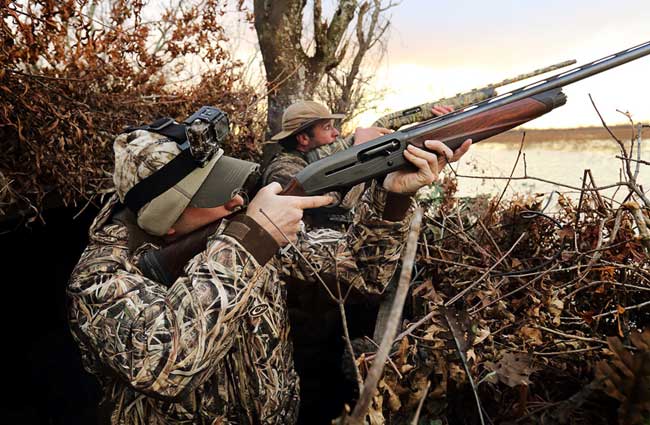
Twenty-three-year-old Will Lindsey from Jackson, Tennessee, has been hunting waterfowl for 12 years. He just graduated from the University of Tennessee at Martin with a degree in wildlife and fisheries. While in school, Lindsey could hunt ducks for 56 days before his classes. But since he’s taken a real job, he’s having difficulty hunting as many days as he would like. His favorite camo is Mossy Oak Bottomland - not just for duck hunting but for any type hunting he does. A Mossy Oak Pro for about a year, Lindsey hunts waterfowl near the Moss Island State Wildlife Management Area (WMA), north of Memphis and Jackson in the Hales Point region.
I hunt just off the Mississippi River on private land. On Thanksgiving weekend, 2017, we saw mallard, ring-necked duck, teal, gadwall and pintail ducks. We spotted over 100 flights of ducks coming down the Mississippi River from the North. We were able to work about 20 different flights each day into our decoys. This area had some pretty chilly weather over Thanksgiving weekend that apparently pushed good numbers of ducks down the Mississippi Flyway.
The blind we hunt out of has been in this same backwater region for 30-40 years and is made out of an old pontoon boat that has been tied off to a tree. Our ducks probably stopped over in Arkansas to eat their fill of rice, and then they flew over to the WMA that surrounded our hunting spot to rest.
We use bigger decoys, especially in the early season. Then the high-flying ducks can see our decoys easier, because generally this place has more birds flying really high than low-flying birds. We put out about 130 Super Magnum decoys made by Flambeau, some of the biggest decoys that we can get. The ducks can see them from really high in the sky. Primarily, we have mallard decoys with a few gadwall and some pintail decoys in our spread.



























